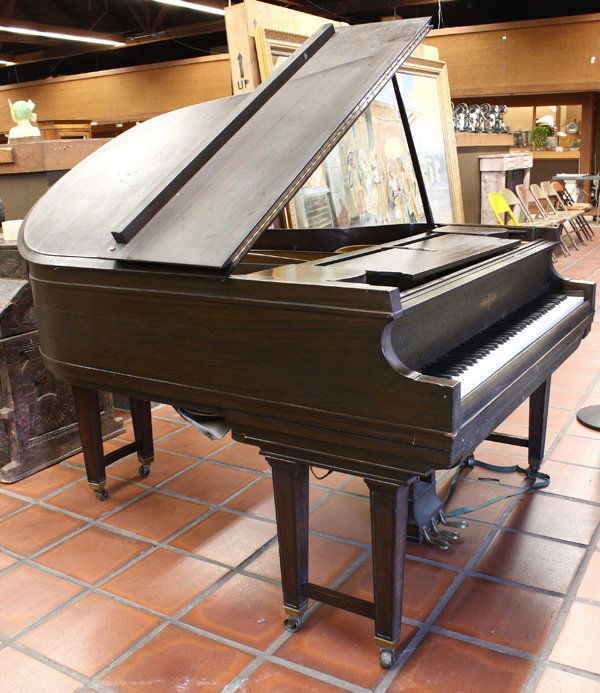


Nevertheless, Chickering was determined to continue with the success that their partnership had procured. The partnership between Jonas Chickering and John Mackay was short lived due to the tragic disappearance of Mackay while on voyage to South America in search of exotic, superior rainforest hardwoods for Chickering's ever more popular pianos. Their partnership soon placed Boston on the map as a major piano building city of the 19th century. In that short time, though, Chickering's reputation as an inventor and innovator caught the attention and financial backing of John MacKay. The two men worked closely together for three years, then went their separate ways (Stewart migrated to London, England). In 1823, Jonas Chickering joined partnership with James Stewart in Boston, Massachusetts under the company name, Stewart & Chickering. Steinweg's arrival in the United States by more than 30 years. But, in fact, cabinetmaking and piano making apprenticeships by Jonas Chickering predate Henry E. The tuning pitch is often one-half or whole−tone too low.Home Technical Innovations on Tremont Street, BostonĬhickering & Sons is often compared to Steinway & Sons for progressive innovation and profound technological advances in the history of piano manufacturing. Tonal as well as in terms of technical requirements (repetition, precision of the regulation) these instruments do not meet present standards. In this cases, the focus does not lie on the current value but on a sentimental value. Exceptions are a special age (historical value) or antiquarianism (special inheritances). In most instances, service or repair works do not make any sense with those grand pianos.

For this reason, these grand pianos should not be used for beginners and piano students. Such musical instruments are not suitable for a serious piano education. That means, instruments containing a Viennese−style action are older than 90 years by now. Why should you refrain from instruments with a Viennese−style action? The last instruments constructed like this were built in Austria around 1920. You can see a picture of the cross−section of a Viennese−style action under the menu item “Technical Information”. The arrows show you the damping and the fulcrum of the hammer handles which mark this difference.

The pictures above show how you can detect a Viennese-action. This old grand piano often works with a Viennese−style action. Continually old instruments show at antiques dealers or inheritances.


 0 kommentar(er)
0 kommentar(er)
